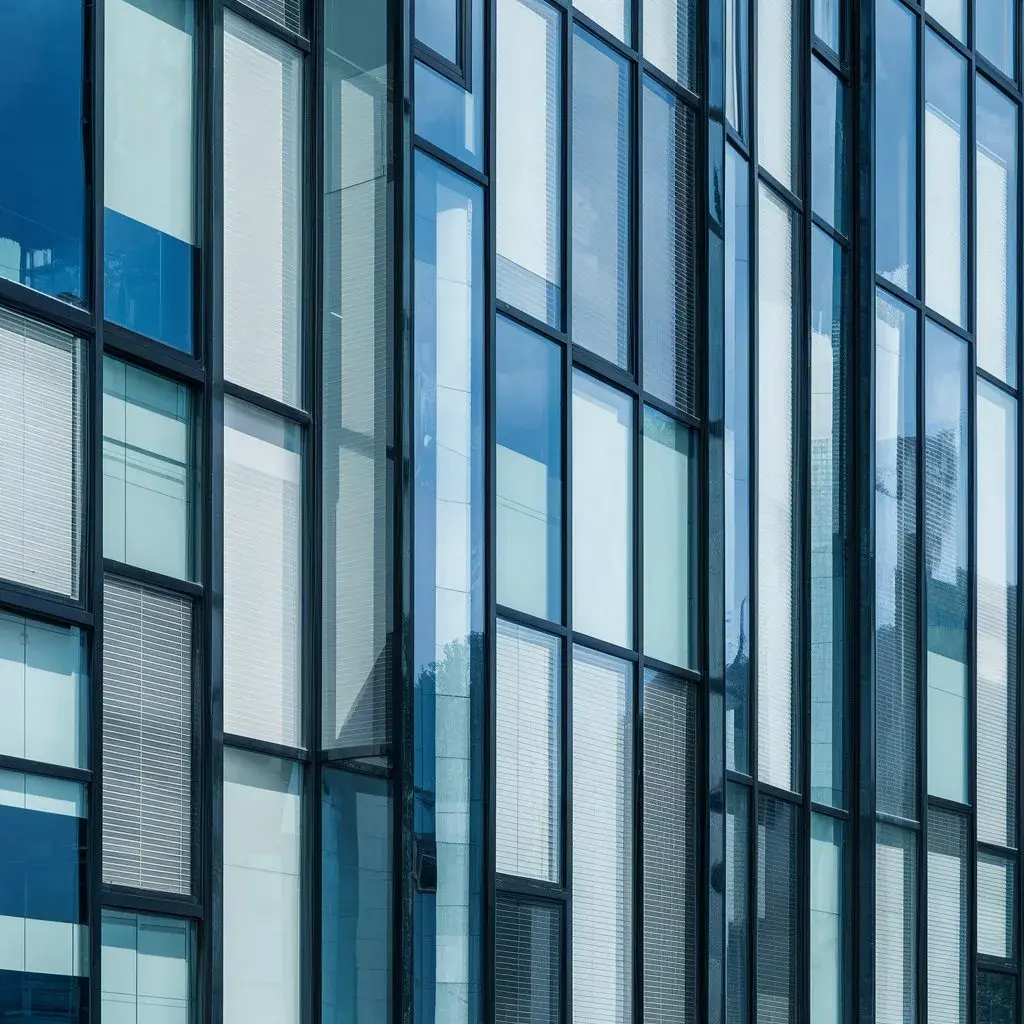
In the realm of commercial security, the adoption of safety films in commercial tinting has emerged as a pivotal measure to thwart potential break-ins. These films, typically composed of heavy-duty polyester, are engineered to enhance the structural integrity of glass by binding the shards together under force, thereby complicating and deterring forceful entries. The effectiveness of such safety applications largely depends on factors like thickness, adhesive quality, and installation technique, which collectively determine their resistance to impact and penetration. Exploring the nuances of these variables could provide deeper insights into optimizing window security for various business environments. How does one balance the technical specifications with aesthetic considerations without compromising on security?
Understanding Safety Films in Commercial Tinting
Safety films, commonly applied to windows, are specialized polyester layers designed to enhance protection by holding glass fragments together upon impact. These films are engineered from durable, high-tensile polyester bonded with adhesives to create a tough barrier that fortifies glass panes against breakage.
This fortification not only increases the window’s resistance to physical stresses but also significantly mitigates the risk of shattering, which can pose serious harm during incidents like break-ins or severe weather conditions.
The effectiveness of safety films is primarily gauged by their thickness and the adhesive quality used. Thickness can vary typically between 4 mils to 15 mils, where a mil is one-thousandth of an inch. The thicker the film, the greater the protection.
Additionally, these films are often treated with ultraviolet inhibitors to reduce fading of interior fabrics and furnishings caused by sunlight exposure.
For businesses and individuals alike, understanding the specifications and proper installation of safety films is crucial. Ensuring that the film adheres flawlessly to the glass without bubbles or wrinkles directly impacts its performance.
This knowledge empowers community members to make informed decisions about enhancing their safety measures, fostering a sense of security and belonging within the space they occupy.
Real-World Applications
Numerous industries, from automotive to residential construction, employ safety films to enhance glass security and durability. In the automotive sector, safety films are crucial for mitigating the risks of shattered windows in accidents, thereby protecting occupants from potential injuries. These films also bolster the vehicle’s resistance to break-ins, providing a deterrent against theft.
In residential and commercial construction, safety films serve a dual purpose. They not only strengthen windows against forced entry but also offer protection from natural disasters, where flying debris can become a hazard.
The application of these films in retail environments is particularly noteworthy. Storefronts often incorporate safety films to prevent smash-and-grab thefts, a common challenge for retailers. This added layer of security can significantly delay or deter burglars, thus protecting valuable merchandise.
Furthermore, institutions like schools and hospitals are increasingly recognizing the benefits of safety films. These settings demand a high level of security and safety for occupants, making the films an integral part of their emergency preparedness strategies. By binding glass shards upon impact, safety films minimize the risk of injuries, contributing to safer, more secure environments across various sectors.
In conclusion, the integration of safety films in security tinting is an essential strategy for enhancing the security of commercial environments.
Studies reveal that establishments utilizing safety films witness a reduction in break-in attempts by up to 40%. This statistic underscores the efficacy of these films in deterring criminal activity and upholding the integrity of commercial spaces.
Thus, safety films in commercial tinting not only protect physical assets but also instill a reinforced sense of safety among employees and customers alike.